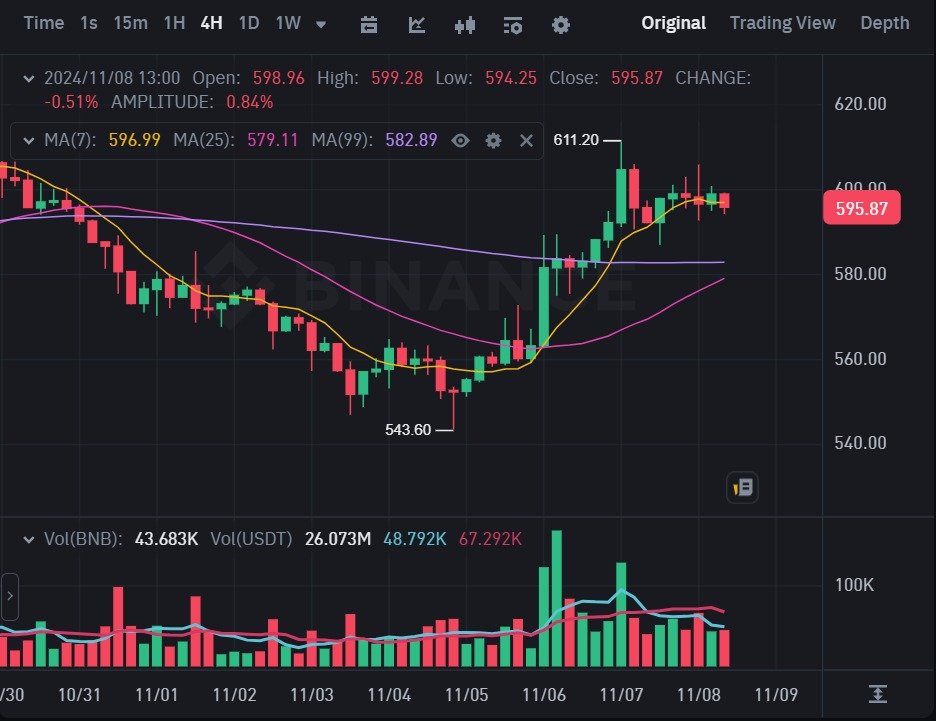1. Mining (Proof-of-Work)
Mining is the most well-known method of cryptocurrency creation, especially for cryptocurrencies like Bitcoin and Litecoin. This process is based on a consensus mechanism called Proof-of-Work (PoW).
How Mining Works:
- Miners use powerful computers to solve complex mathematical puzzles or cryptographic problems. These problems are part of the blockchain’s verification process, where transactions are confirmed and added to the blockchain.
- The miner who successfully solves the puzzle first is rewarded with newly created cryptocurrency, along with transaction fees from users on the network.
- Bitcoin, for example, rewards miners with new BTC when they successfully mine a block (a collection of transactions) and add it to the blockchain.
Why It’s Done:
- The process of mining secures the network and ensures that transactions are legitimate.
- Mining also controls the creation of new cryptocurrency, typically in a predictable manner. For Bitcoin, the reward decreases over time through a process called halving, which limits inflation.
2. Staking (Proof-of-Stake)
In contrast to Proof-of-Work, some cryptocurrencies use Proof-of-Stake (PoS) to create new coins. PoS is a more energy-efficient method and is used by cryptocurrencies like Ethereum 2.0 and Cardano.
How Staking Works:
- Stakers lock up their coins in a staking wallet to help validate transactions on the network.
- Instead of solving cryptographic puzzles like in mining, stakers are chosen randomly to validate new transactions based on the amount of cryptocurrency they have staked.
- When a staker validates a block, they are rewarded with newly created cryptocurrency, as well as transaction fees from users on the network.
- The more coins a user stakes, the higher their chances of being selected to validate the next block.
Why It’s Done:
- Staking ensures that validators have a vested interest in the network’s security, as they are rewarded with new coins, but can lose their staked coins if they act dishonestly.
- PoS is also seen as more energy-efficient because it doesn’t require as much computational power as PoW.
3. Pre-mining
Some cryptocurrencies are created through pre-mining, where the total supply of coins is generated at the time of launch, rather than being mined or staked over time.
How Pre-mining Works:
- The creators of the cryptocurrency generate the entire supply of coins upfront and distribute them through methods like Initial Coin Offerings (ICOs), airdrops, or direct sales to investors.
- Pre-mined coins can be fully distributed at the launch of the project or released gradually through the development process.
Why It’s Done:
- Pre-mining is typically used by new projects to raise funds through ICOs or to distribute coins to early investors and supporters.
- This method can help the creators have full control over the distribution of the currency and its supply.
4. Token Issuance (ICO/IDO)
In addition to mining and staking, new cryptocurrencies can be created by issuing tokens through methods like Initial Coin Offerings (ICO) or Initial DEX Offerings (IDO). This is common for altcoins and projects built on Ethereum or other smart contract platforms.
How Token Issuance Works:
- The creators of a project design a new cryptocurrency token and launch an ICO or IDO to raise capital.
- Investors can purchase the token during the offering, typically at a discounted rate before the token is listed on exchanges.
- The tokens are often built on existing blockchain platforms, such as Ethereum, using ERC-20 tokens or ERC-721 (for NFTs).
Why It’s Done:
- ICOs and IDOs allow projects to raise funds for development and community-building before the project becomes widely available on the market.
- These tokens are often used for decentralized applications (dApps), DeFi platforms, or NFT markets.
5. Forking an Existing Blockchain
A fork is a process where a cryptocurrency is created by modifying the rules of an existing blockchain. This can either be a hard fork (a complete divergence from the original blockchain) or a soft fork (backward-compatible changes).
How Forking Works:
- Hard Fork: A new cryptocurrency is created when developers make significant changes to an existing blockchain’s rules, resulting in a split. Both the original blockchain and the new blockchain will continue to exist.
- Soft Fork: A soft fork involves changes to the blockchain that are backward-compatible. It allows for the creation of new rules while still being compatible with the previous version.
Why It’s Done:
- Forking is used to create a new version of a cryptocurrency or to address disagreements within a blockchain community about its direction.
- Bitcoin Cash (BCH), for example, was created as a hard fork from Bitcoin due to disagreements over block size limits.
6. Airdrops
An airdrop is a way of distributing newly created tokens for free to existing cryptocurrency holders. Airdrops are often used to encourage adoption, reward early supporters, or promote new projects.
How Airdrops Work:
- A project may distribute tokens to individuals who meet certain criteria, such as holding a specific amount of a different cryptocurrency (e.g., holding Ethereum to receive an airdrop of a new token).
- Airdrops may also be given to users who have interacted with a platform, or simply as part of a marketing campaign.
Why It’s Done:
- Airdrops increase the distribution and awareness of a new cryptocurrency.
- They incentivize early adoption and provide a way for users to participate in the network without needing to invest money.
Conclusion: How Cryptocurrency is Created
Cryptocurrency can be created through several methods, each suited to different types of projects and objectives:
- Mining (Proof-of-Work): New coins are created by solving complex cryptographic puzzles.
- Staking (Proof-of-Stake): Coins are created by locking up tokens to validate transactions.
- Pre-mining: Coins are created upfront and distributed through ICOs, IDOs, or direct sales.
- Token Issuance (ICO/IDO): New tokens are created and sold to raise funds for a project.
- Forking: A new cryptocurrency is created by modifying the rules of an existing blockchain.
- Airdrops: Tokens are distributed for free to promote a project or incentivize adoption.
Understanding how cryptocurrencies are created is key to navigating the market and recognizing the potential of different coins and tokens. If you want to dive deeper into strategic crypto investments and maximize your returns, Lumina Lore offers innovative approaches to copy trading, custom bot trading, and expert advice to help you stay ahead of the market.
👉 Get started with Binance: Use our referral link
👉 Explore Copy Trading with Binance: Enhance your strategy.



